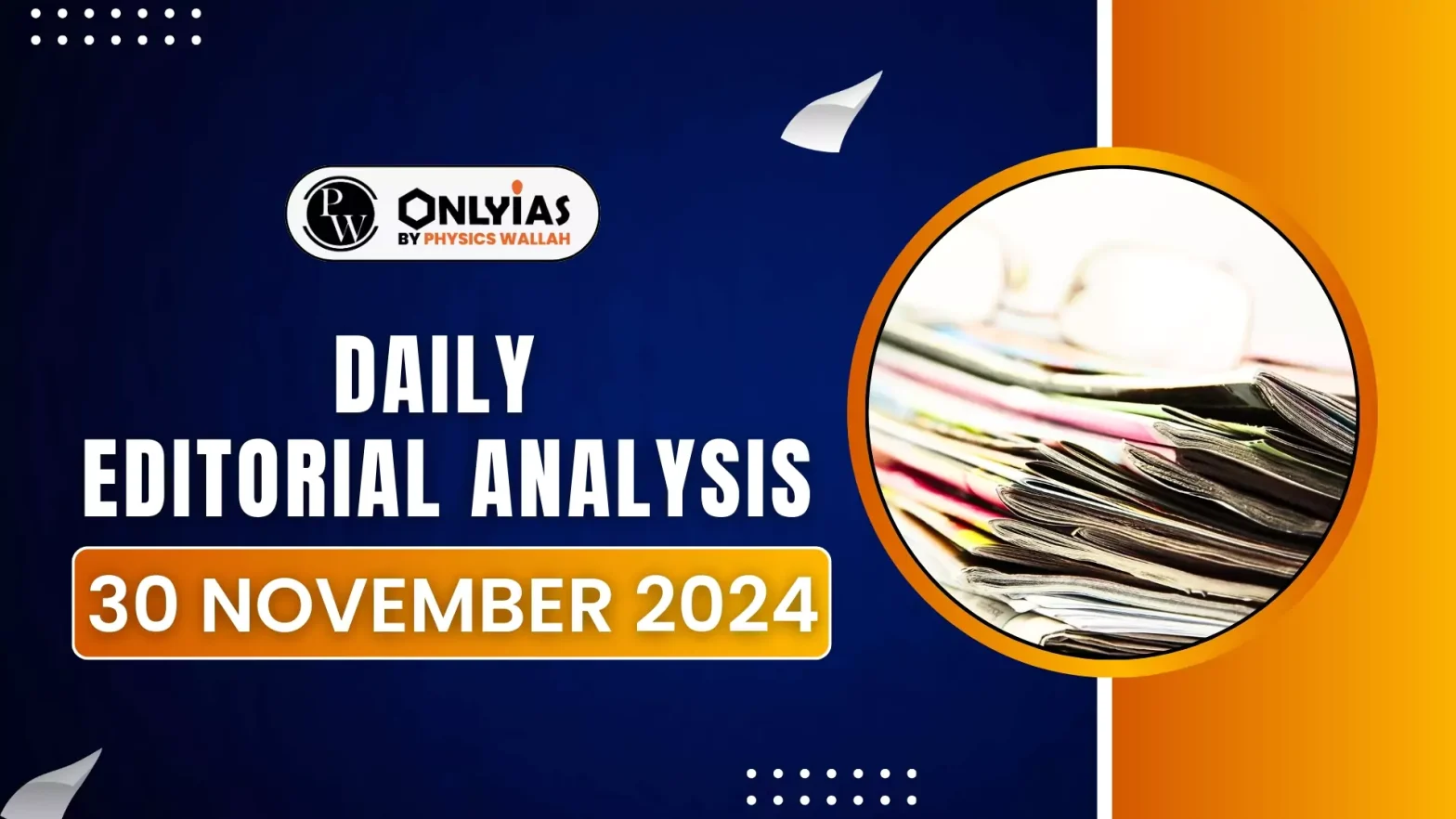India’s ‘One Nation, One Subscription’ (ONOS) initiative aims to enhance research accessibility by negotiating a single subscription for government-funded institutions.
Background
- Research journals charge hefty fees to both readers and research institutes, making it difficult for many institutions, especially those in Tier 2 and Tier 3 cities, to provide students with quality research material.
- This hampers their studies and limits access to critical research. Even institutions in Tier 1 cities have faced challenges, despite negotiating lower rates by forming consortia with publishers, as the fees remained prohibitively high.
- Under the ONOS plan, the government will now directly negotiate with publishers, ensuring that all students in government-funded institutes have equal access to research materials.
Enroll now for UPSC Online Classes
Advantages of ONOS
- Improved Access to Journals: Expensive journals will now be accessible to government-funded institutes, addressing the issue of unequal access to academic papers.
- Centralized Negotiations: With the government at the helm, the ONOS plan simplifies the process, offering a unified subscription fee that could benefit a wider range of institutions.
- Better research and innovation: Broader access to scholarly articles and resources fosters a more robust research environment, driving innovation and academic excellence in various fields.
Limitations and Concerns of ONOS
- Exclusivity: ONOS will only apply to publicly funded institutions, leaving private universities and other researchers without access to the benefits.
- Continued Dependence on Publishers: Despite being publicly funded, much research remains behind paywalls, forcing the public to pay twice: first through taxes funding the research, and again via subscription fees for access.
- This system sustains private publishers’ profits at the expense of equitable public access.
- Allocation of Funds: The government’s allocation of ₹6,000 crore over three years to pay major publishers raises concerns, particularly given India’s stagnant R&D expenditure as a percentage of GDP, highlighting the strain on already limited research funding.
- Addressing Predatory Publishers and Pricing: Predatory publishers exploit researchers by charging excessive fees to publish low-quality or fraudulent studies, undermining academic integrity.
- Addressing this issue is crucial to ensure ethical publishing and protect the credibility of research.
- Lack of Transparency and Flexibility: There are concerns about the transparency of ONOS, including the list of journals that will be included, and whether irrelevant or low-quality journals will be removed or new, emerging journals will be added.
- Overlooking Modern Publishing Trends: The rise of ‘gold’ open-access, where authors pay to publish and papers are freely accessible, and the increasing popularity of preprints (early-stage research papers) make the ONOS strategy less appealing in its current form.
Alternative Models
- Open-Access Models: The government could have supported ‘green’ or ‘diamond’ open-access models that allow free public access to research by default, or promoted home-grown journals that cater to the specific needs of Indian scholars.
- Green Open-Access Model: Researchers self-archive a version of their paper in a public repository or university website, making it available to all after an embargo period.
- Diamond Open-Access Model: Publishers provide free access to both readers and authors, with no fees for publication or subscription, often supported by institutions or grants.
India should have advocated for a change in the current research publishing model, as it is a significant issue for most developing countries. By pushing for open-access models, India can ensure equitable access to publicly funded research, benefiting scholars and institutions across the nation. |
Check Out UPSC NCERT Textbooks From PW Store
Conclusion
The ONOS plan has the potential to improve access to research for underfunded government institutes, promoting wider knowledge dissemination. However, a shift towards more sustainable open-access models and greater transparency is essential for a truly equitable and innovative academic environment.
![]() 30 Nov 2024
30 Nov 2024

